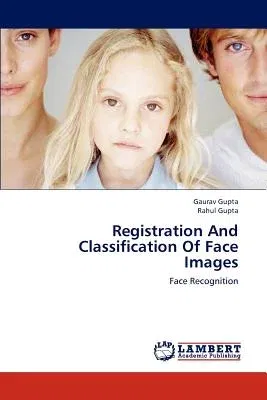Gaurav Gupta
(Author)Registration and Classification of Face ImagesPaperback, 16 September 2012

Qty
1
Turbo
Ships in 2 - 3 days
In Stock
Free Delivery
Cash on Delivery
15 Days
Free Returns
Secure Checkout
Print Length
72 pages
Language
English
Publisher
LAP Lambert Academic Publishing
Date Published
16 Sep 2012
ISBN-10
3659234311
ISBN-13
9783659234316
Description
Product Details
Authors:
Book Format:
Paperback
Country of Origin:
US
Date Published:
16 September 2012
Dimensions:
22.86 x
15.24 x
0.43 cm
ISBN-10:
3659234311
ISBN-13:
9783659234316
Language:
English
Pages:
72
Publisher:
Weight:
117.93 gm

